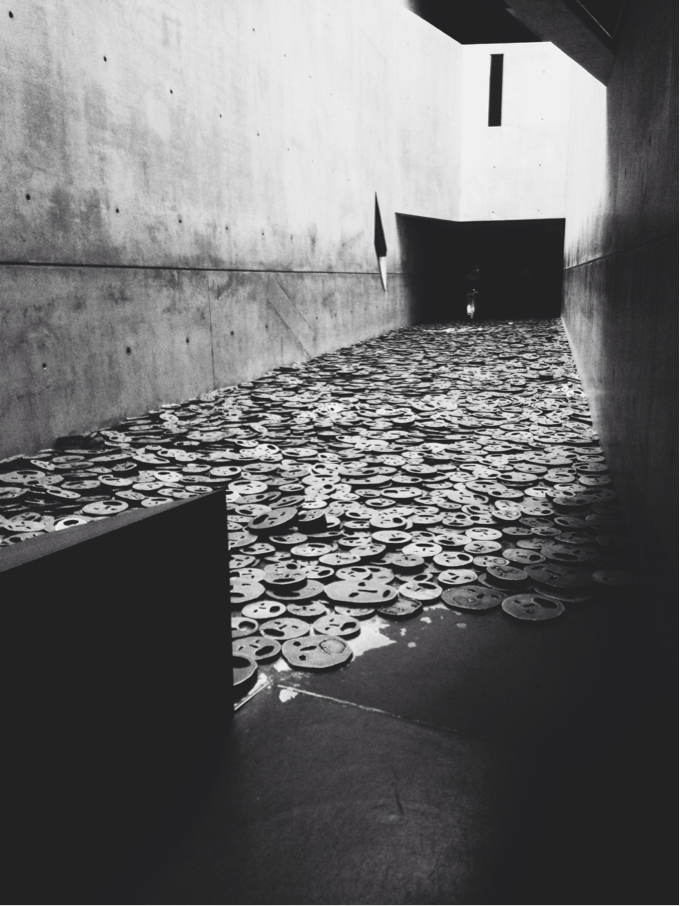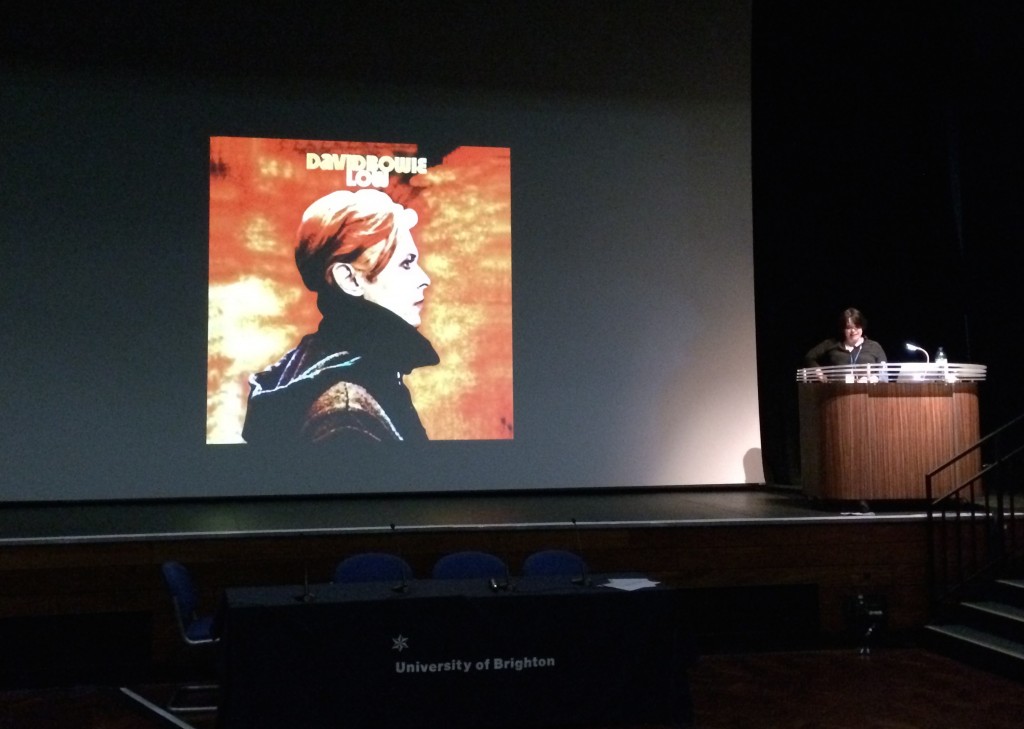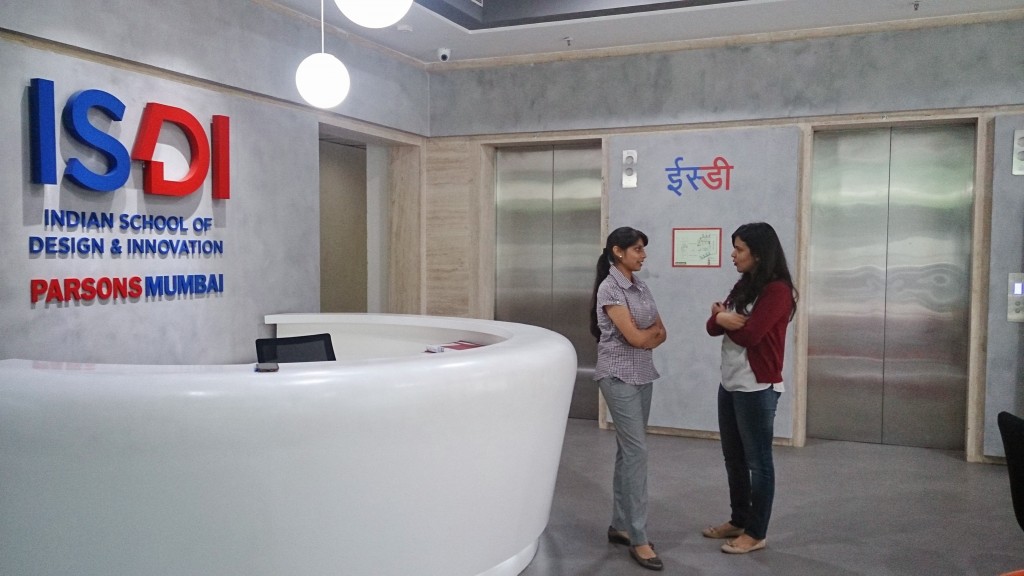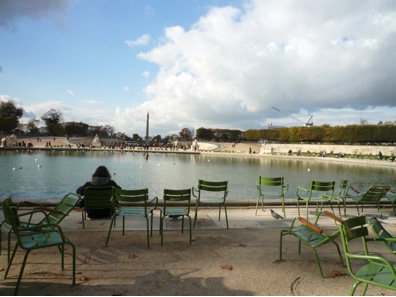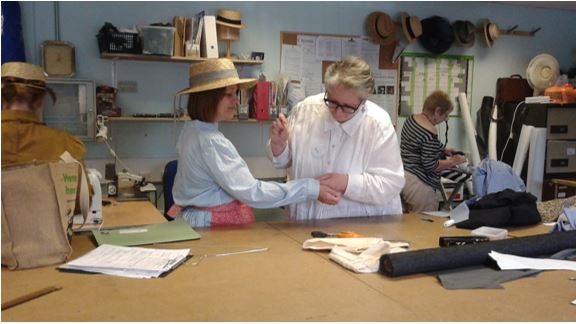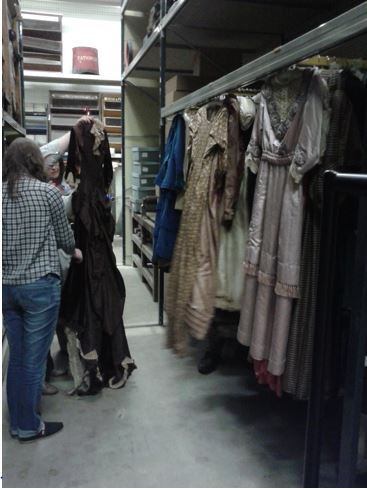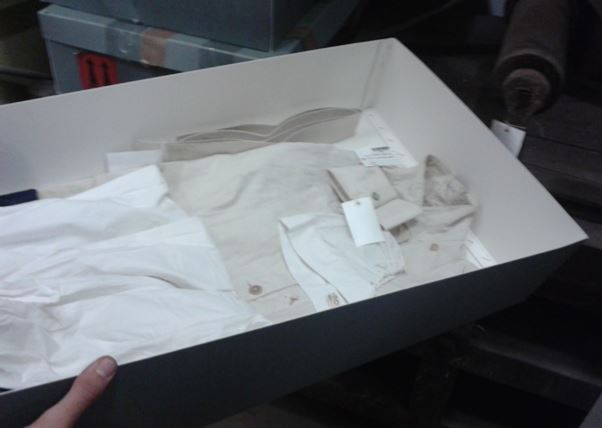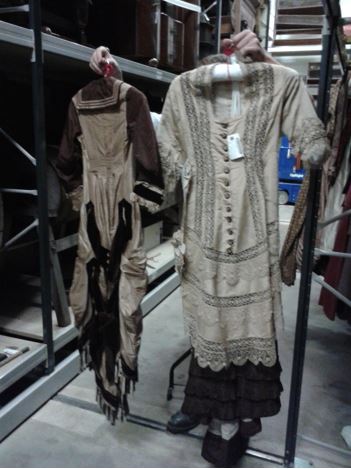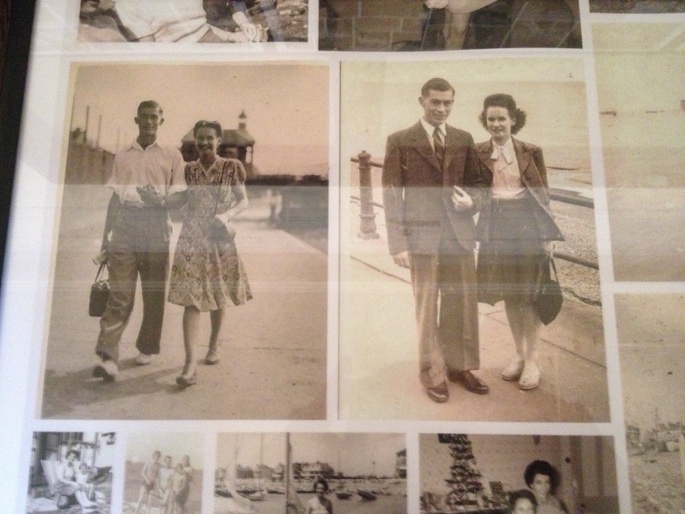Emmy Sale, a second-year student studying BA (hons) Fashion and Dress History tells how Brighton University helped her to get involved with a fascinating costume project…
Life at university can offer many new opportunities: volunteering can not only help others, but also give you new experiences that can be helpful for your future career.
To complement my studies, I decided to undertake a volunteering placement with help from the university’s Active Student scheme. There are a broad range of placements in and around Brighton that are available, whether it may be to gain experience in a museum environment, assisting events organisation or in education and teaching. Whatever your interests and aims may be, the co-ordinators help to understand these in order to ensure the placement will be suitable and fulfil your aspirations.
As a Fashion and Dress History student, I understood how competitive the field is within the museum and heritage sector. I wanted to use my spare time to be productive, learn new skills and meet new people alongside my course and university experience. After meeting with Active Student, I chose to undertake a Research volunteer placement with the community charity, Gladrags.
Gladrags is a volunteer run charity and offer a unique resource for the hiring of costumes to schools, community groups, amateur art groups and individuals. The store has over 6000 costumes and garments, that volunteers find themselves overwhelmed by when first entering the store. Through the role and time dedicated per week to helping at the store, I found myself putting away costumes, which was always a test of knowledge but also enabled me to learn new things about historical clothing from other volunteers. I also enjoyed spending time in the sewing area to fix, rejuvenate or make garments requested by users of the store. Outside of my time at the store, I undertook research into Roman clothing and artefacts for the education boxes that can be hired by schools to compliment and enrich the national curriculum.
Through this placement, an opportunity to be part of a project with Charleston House arose. The project was proposed as part of the Centenary Celebrations of the House and to bring together community groups to discover and explore Charleston House and its history. It involved the use of costume sketches from a sketchbook given to Charleston by Angelica Garrett, the daughter of Duncan Grant which were originally intended for a production of Macbeth dating from 1911. The production was going to be directed by Harley Granville Barker at the Savoy Theatre in London, but in the end the costumes were never made. With help from costume designer, Suzanne Rowland, a group of 15 volunteers at Gladrags set to interpret, imagine and reproduce the costume sketches of Macbeth, Lady Macbeth, a witch, Lennox and Macduff.

Figure 2: Emmy Sale working on the Macduff costume at the Gladrags Costume Store. Image from Gladrags Facebook Page, 26 May 2016.
We spent several workshops together to learn about Charleston House and to produce the garments. I was excited to work on the costume of Macduff. The costume sketch featured a tunic with squares and circles erratically placed and adorning all spaces of the fabric. It was inspired by Gustav Klimt’s The Kiss (1907-08) and the various sized squares featured on the covering of the bodies. Appliqué squares of different sizes and proportions would cover the calico tunic in a colour scheme of gold, browns, blacks and silver toned textured fabrics.
To exhibit the costumes, actors from Burgess Hill Theatre performed a mini-Macbeth within the gardens of Charleston House which we were invited to help with and share our project with those at the centenary events. It was a truly unique and wonderful experience to see a piece of history that could have just been hidden in an archive but has been somewhat revived and as a result Duncan Grant’s vision was realised through the interpretation and construction of the garments.

Figure 3: Actor wearing the finished garment in the garden of Charleston House. Image courtesy of Gladrags. Taken 29 May 2016.
Overall, my volunteering with Gladrags has been one of the most valuable experiences I have had since moving to Brighton and starting university. It helped me to contextualise my studies as well as testing what I already knew or did not know. It is an experience that I will be able to talk about to future employers as well as one that expresses my commitment to expanding knowledge to both my studies and the job roles I may want to have in the future. I would highly recommend to anyone how helpful the Active Student service at the University is and the advantages that volunteering can have on both personal development and preparing for future job roles.


